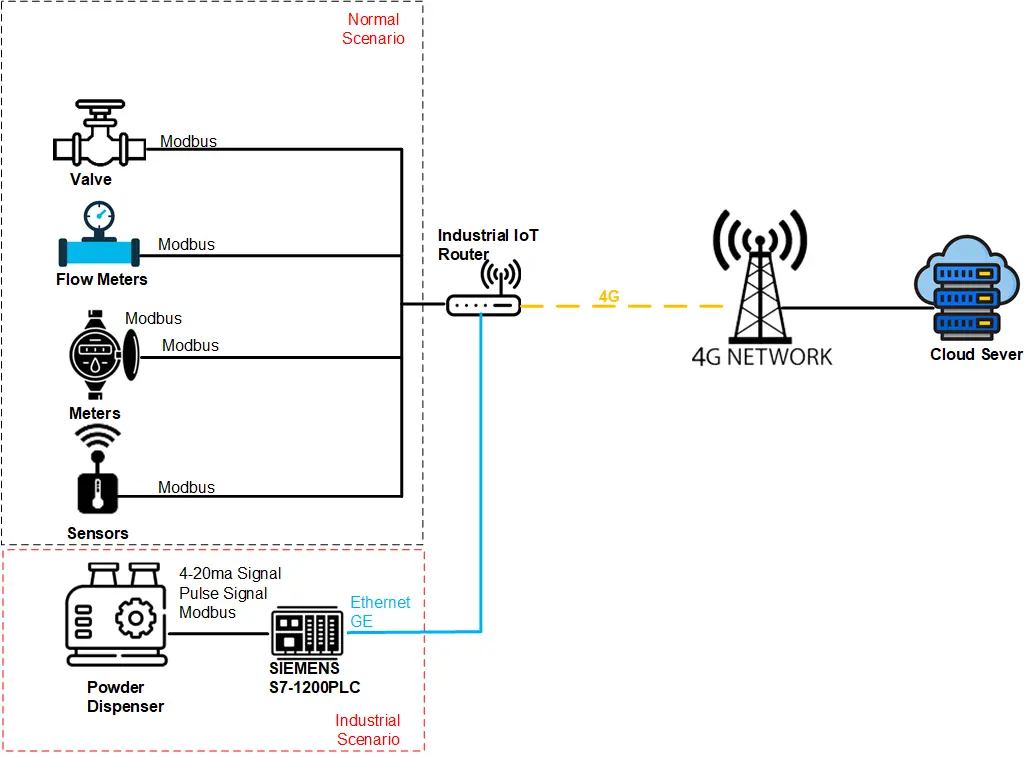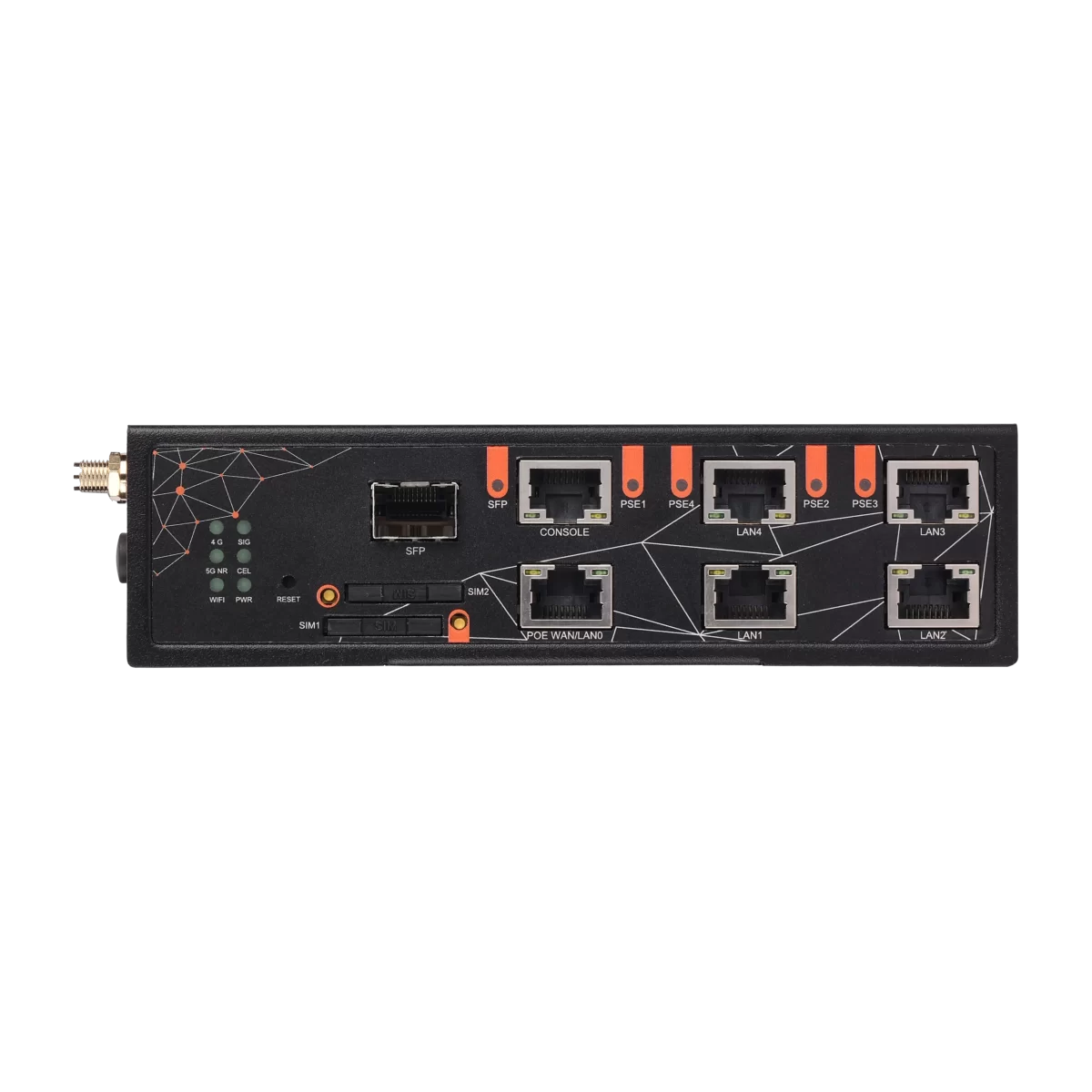What is industrial iot router and what is the difference between it and normal iot router gateway?
Table of Contents

What is industrial IoT router and what is the difference between it and normal IoT router gateway?
Industrial IoT Router is very different from ordinary IoT router gateway in terms of application scope. We know that IoT has a wide range of applications. With the automation of applications in industry, vehicle, mining and other fields, more IoT solutions are being applied. However, the external environment of these application fields is very different from the general application scenarios. Industrial IoT router has been enhanced for these application environments, so that the system can work normally even in these harsh environments.
Industrial IoT Router Application

We can see that the scenarios in IoT applications are different. For general environments, it can be expected that the external temperature, humidity, vibration and other environments are relatively stable. For example, if the temperature sensor in the above picture is used in a smart city project, there will not be very extreme environments. For example, the powder dispenser in the above picture is generally used in the mining industry, so it can be expected that its external environment must be a large amount of dust and high vibration environment. This is a huge challenge for general IoT router gateways. This scenario requires an industrial IoT router to meet it.
Let’s take a look at which scenarios require special consideration for the use of industrial IoT routers:


We analyze the two typical scenarios in the above figure and find that it has the following characteristics:
- A lot of dust
A lot of dust in the mining scenario can easily invade the device. After invading the device in a dry condition, if the external humidity becomes high, the dust is easy to condense into blocks, which may cause the PCB circuit board to conduct electricity. Thus damaging the normal IoT router gateway
- High temperature in the vehicle
The vehicle environment is usually in a high temperature environment, and the operating temperature range of the normal IoT router gateway cannot meet this high temperature environment.
- Long-term vibration and bumps
Long-term bumps in vehicle driving can easily cause the device components to loosen and fall due to vibration.
- Possible device impact
In some special scenarios, the device may be impacted.
- Equipment casing is easy to be damaged
In industrial scenarios, the device casing is prone to various impacts and damage.
Therefore, Industrial IoT routers are needed to meet the needs of these special scenarios.
Features that an Industrial IoT Router should have
For environments with a lot of dust, IP65 or higher ingress protection should be considered.
Industrial IoT routers need to have a wide temperature range adaptability. Each project will be different. For example, if the working environment temperature may reach 50℃, it is recommended that the maximum working temperature of the industrial IoT router purchased should be 10℃ higher than 50℃ to leave a margin.
If it is a vehicle-mounted environment, it is necessary to consider the design of device interfaces, PCB components, etc. to prevent the impact of long-term vibration on the device.
For extremely harsh external environments such as mining, it is necessary to consider the rugged design of the entire device.
Related Models

Edge Span U60-5GP All in One IP65 Industrial IoT Router with UPS Battery POE


